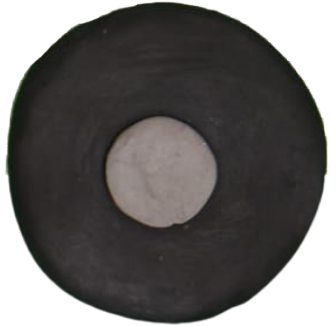
Click here to hear Wati Kanyala in English.
DID YOU KNOW?
DID YOU KNOW?
Atila is the language name for Mount Conner. The mountain is part of the Curtain Springs cattle station in the APY Lands 75 km south east of Lake Amadeus. Sometimes many people who visit this area think that Atila is Uluru.
DID YOU KNOW?
DID YOU KNOW?
Atila is a very important sacred site. In the Seven Sisters Tjukurpa, Atila was formed during the ice age. This is also referred to as the Pleistocene Age. Isn’t it amazing that a song that was never written down can survive and be handed down through thousands of generations and can also tell us important information about our environment.
This is because the Walka designs are used to tell this part of the story of this region.

This is because the Walka designs are used to tell this part of the story of this region.
Girls perform the Seven Sisters Inma for this very important area.


In the Seven Sisters inma the oldest sister (Kangkuru) wears the red headband.
This because as the oldest sister she has a responsibility to look after her younger sisters and to protect them.
In the Seven Sisters inma the oldest sister (Kangkuru) wears the red headband.
This because as the oldest sister she has a responsibility to look after her younger sisters and to protect them.
→
←
The Seven Sisters are looking towards Atila and they see the shimmering hill because it’s winter time.
→
←
→
←
Tapaya tells the Atila part of the 7 Sisters story.
→
←
Girls prepare their headbands before the Inma.

Traditionally, twigs (parka) were used for painting.

Traditionally, twigs (parka) were used for painting.

Singers sing the Inma.

Singers sing the Inma.


Let's Practice Language
Translation
Translation
Mt Conner
Kangkuru
Translation
Translation
Older Sister
Malanpa
Translation
Translation
Younger Sister










